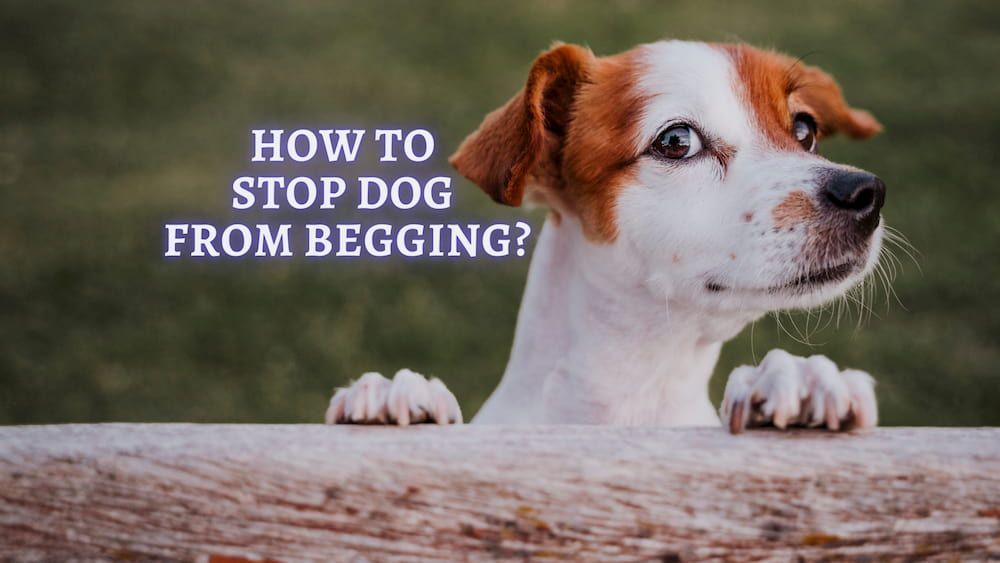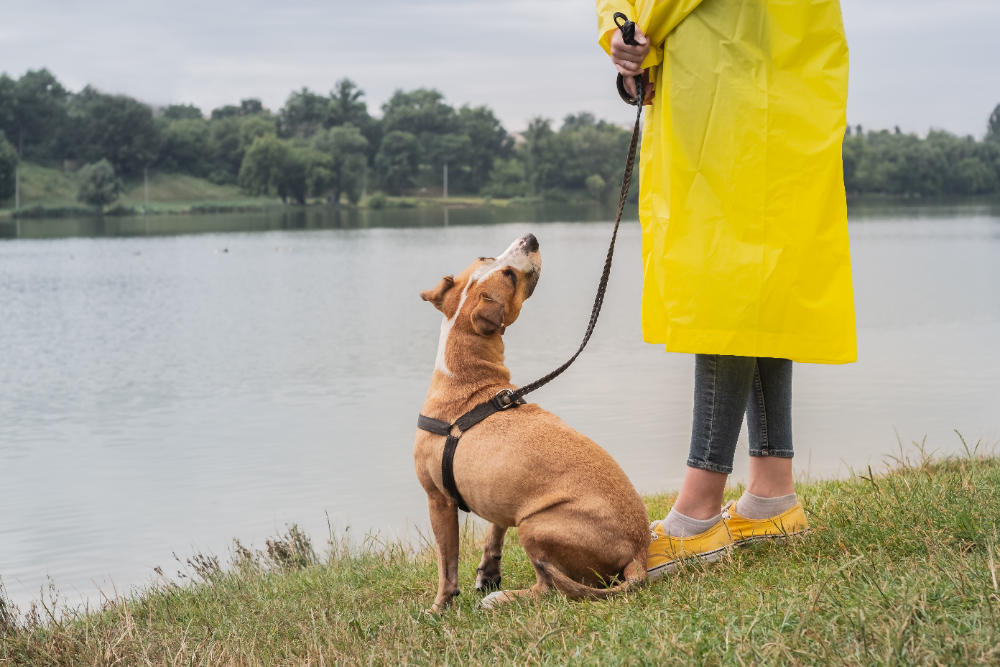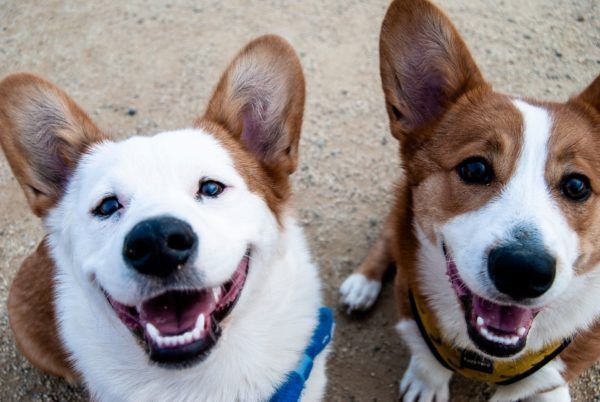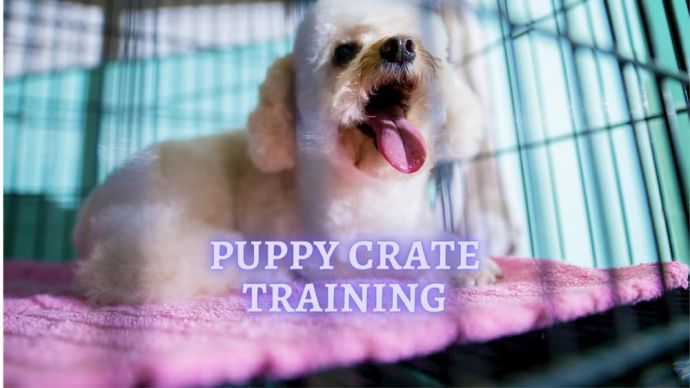How to Stop a Dog from Begging: Easy Ways and Recommendations
Written by:
Author: Alina Andreeva
Alina A. is a professional writer, editor, and pet-lover. She has published over 50 articles on how to care for pets properly. Alina has been writing articles for 3 years, so she has considerable experience in this niche. Her natural curiosity helps her to expand her knowledge and learn new pet care life hacks, which will make your life much easier.
View all 79 articlesLearn about our editorial process and veterinary review board.
Viewed: 211
Updated on: 02/23/2021
Often, dog owners complain that their pets are inclined to beg when they have a meal, causing them some inconvenience. Many find it difficult to wean a pet from such a habit and are unaware that they sometimes exacerbate the problem. Getting rid of your bad habits becomes a difficult but necessary part of stopping a pet from begging. Nevertheless, if you can devote several weeks of your time to not allow this behavior in your pet, the problem is usually solvable.
Should I ignore my Dog?
1. Understand the principles of dog behavior
Dogs are relatively simple creatures. If any of their actions leads to a reward, they will repeat this action in anticipation of the next award. If specific actions do not lead to a bonus, the pet has no reason to repeat them.
Some dogs may just sit and look at you, while others may whine until they get what they want. If a dog does not understand what it wants, it may start barking at you, pushing you with its paws, or climb on a sofa or chair to be closer to you.
If you treat or pat a pet during such actions, you are thereby encouraging it to repeat this behavior. A common form of encouragement is a treat, but throwing a ball to a dog or other type of attention is a form of positive support.
Some dogs only need a couple of rewards to practice begging. Weaning from a lousy habit boils down to the exclusion of awards, but this can be quite difficult.
2. Do not treat your dog while you are having a meal
The most basic and essential step in weaning a pet from a negative begging skill is to stop giving it treats at the table.
Most people periodically tend to cave under the pressure of a dog and treat the pet with food from the table, which leads to the consolidation of unwanted behavior.
Refusing to show any attention to the pet at the table is critical to preventing begging and getting rid of an existing problem. No matter how loud the dog barks and whines, or looks pityingly at you when you eat at the table, do not give it treats.
3. Do not talk to the dog
Unless you need to give the pet any command, do not pay attention to it by talking to it or even mentioning its name.
Control yourself and do not start shouting at the begging dog. The attention of any kind, including cynical, can reinforce the habit of begging.
4. Do not even look at the dog
Making eye contact with the animal is also one of the rewards that fuel the unwanted behavior you are trying to stop. Even the smallest bit of attention to a pet can encourage begging.
How to restrict the Dog’s access to the table?
1. Send the dog to another place
If you can teach your pet to go somewhere on command or lock it somewhere, this can wean it from begging at the table.
Try letting the dog out or taking it to another room. The idea is that the pet is not into your field of vision and physically cannot start begging. This may not stop the animal barking and whining, but at least there will be a certain distance between you and the unwanted behavior of the pet.
If your dog knows a “kennel up” command, use it to prevent the pet from approaching the table. However, some dogs may continue to whine and stare at you from a distance.
Training a “kennel up” command involves encouraging the pet to stay in its kennel. If you treat and promote the pet after it begins to beg, its unwanted behavior will continue. It is best to use the “kennel up” command before you have a meal. As soon as the dog has studied the management and begins to follow it stably, increase the level of difficulty and begin to give the command in situations with an increased number of distractions (for example, right at lunchtime).
READ MORE: How many Treats should a Puppy have a day
You may need to tie your dog or lock it in its kennel so that it stays in place while you eat.
2. Train your dog to listen to a “no” command
Teaching your dog to follow a “no” command can be very helpful. This command means the order to terminate any actions committed by the pet.
3. Give your dog a timeout
If your dog does not want to voluntarily move away from the table or continues to beg directly from its kennel, you may need to arrange a “timeout” for it in a separate room.
As soon as the pet begins to beg, send it to another room without food or toys. The idea is that this room should be a boring place for the dog, away from you and your food. The dog should not be able to enjoy staying in this place.
Release the dog after a few minutes. If it starts begging again, give it another timeout. Soon, the pet will begin to associate timeouts with its begging.
Your pet may whine and bark when you arrange timeouts for it. Sometimes, this may seem even worse than its begging at the table, but if you are consistent in your actions, in the end, you will get rid of unwanted animal behavior.
READ MORE: The Best Wet Dog Food
How to get your Dog to stop Begging?
1. Involve all family members in the dog training
All members of your family must follow the rules set for the pet. Otherwise, the dog will never stop begging.
Even if only one person surrenders and treats the dog off the table, your efforts will be wasted. The animal very quickly realizes who operates it and who does not.
Let family members or roommates understand that a dog needs to be weaned from begging for its well-being. To ensure your pet a long and prosperous life, you must balance its nutrition and maintain a healthy weight. Feeding the pet leftovers from the table is contrary to these goals.
READ MORE: Dog Life Cycle Stages
2. Be consistent
If you just make a concession, this will serve as an incentive for a pet to continue begging. The world will not turn upside down if this happens, but you will have to start all over again.
Remember that consistency is the key to training any pet. “No” means “no,” you must understand this and not go on a leash of your dog.
3. Do not feel guilty
Your pet is not destitute, it does not starve, and it will not hate you for this future training.
Feeling guilty is a human emotion. The dog will not hold a grudge against you for not giving it leftovers from the table.
A little later, you can treat the animal to something more beneficial to its health if it makes you feel better. Use treats to train your pet commands. Do not give your pet treats if it does not deserve them. This will mean that it is you who controls the behavior of the animal.
4. Do not give up
After about a couple of weeks, the dog should stop begging, but you and all other family members must stay alert.
In the absence of incentives, the pet will eventually stop trying to beg for something, especially if you resort to timeouts.
5. Contact a professional
If your pet turns out to be more stubborn than you, you can ask a professional dog handler to help you fight a bad habit in your pet.
Most likely, the dog is not the only one that has a bad habit; it should get rid of it. It may be helpful for both you and your animal to learn general obedience commands.
Contact local clubs of dog breeders or animal shelters. These organizations can arrange training courses, or they can recommend a good dog handler.
Recommendations
When you have guests, let them know that it is forbidden to give the pet treats from the table. Ask them not to give up in front of the begging pet and not to provoke such behavior. If guests begin to pay attention to the begging dog and treat it, the unwanted behavior will return with a vengeance.
In the presence of guests, it would be nice to protect the dog from temptations and place it in a separate room away from the dining table.
The easiest way to deal with bad habits is to prevent them from occurring. If you just got a dog, never treat it with leftovers from the table.
The bottom line
If you have concerns that the dog might bite you to get a treat, a ball, or attract attention, you should immediately seek help from a professional dog handler.
Some pets tend to increase the intensity of their attempts to beg for something. In this case, it will be difficult to ignore the pet and not give up under its pressure. Always remember that any concession is an encouragement of unwanted behavior and will only contribute to its continuation in the future.
 Dog Training How to Stop Dogs from Fighting with Each Other? (Dog Trainer Advice)
Dog Training How to Stop Dogs from Fighting with Each Other? (Dog Trainer Advice) - 234
- 0
 Dog Training Why Does My Dog Scratch The Carpet? 16 Reasons Why Your Dog Trying To Dig In The Carpet
Dog Training Why Does My Dog Scratch The Carpet? 16 Reasons Why Your Dog Trying To Dig In The Carpet - 198
- 0
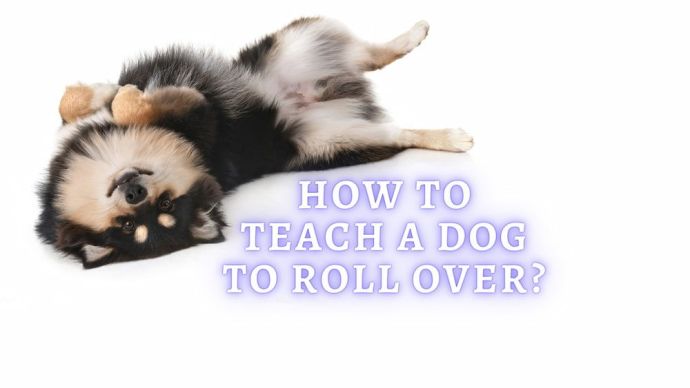 Dog Training How to Teach a Dog to Roll Over? 7 Easy Steps to Teach a Dog Roll Over Command
Dog Training How to Teach a Dog to Roll Over? 7 Easy Steps to Teach a Dog Roll Over Command - 414
- 0
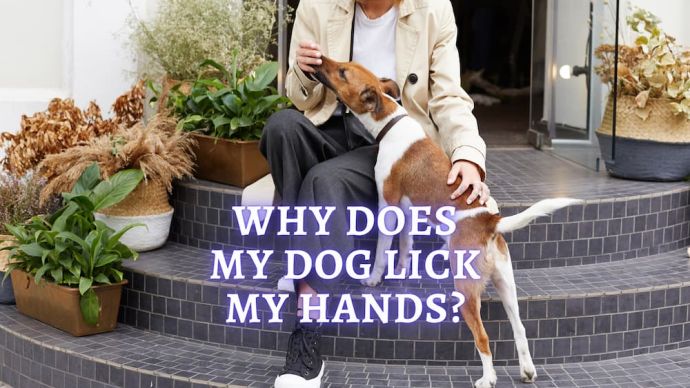 Dog Training Why Does My Dog Lick My Hands? Positive and Negative Signs Why Your Dog Licks Your Hands
Dog Training Why Does My Dog Lick My Hands? Positive and Negative Signs Why Your Dog Licks Your Hands - 148
- 0
 Dog Veterinary Tips Why is my Dog throwing up: Causes and Preventing (Veterinary Advice)
Dog Veterinary Tips Why is my Dog throwing up: Causes and Preventing (Veterinary Advice) - 23424
- 5
 Dog Care Why Is My Dog Bleeding From Its Butt? Causes and treatment of rectal bleeding in the dog
Dog Care Why Is My Dog Bleeding From Its Butt? Causes and treatment of rectal bleeding in the dog - 22090
- 0
 Dog Care My Dog Keeps Scratching His Mouth: Reasons Why Your Dog Scratching Face
Dog Care My Dog Keeps Scratching His Mouth: Reasons Why Your Dog Scratching Face - 17561
- 1









